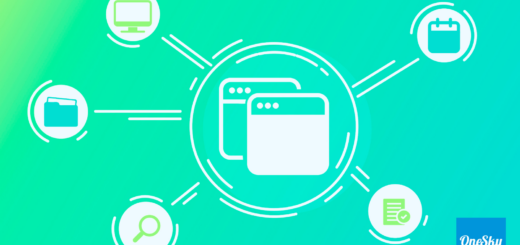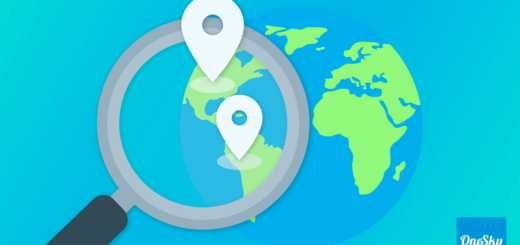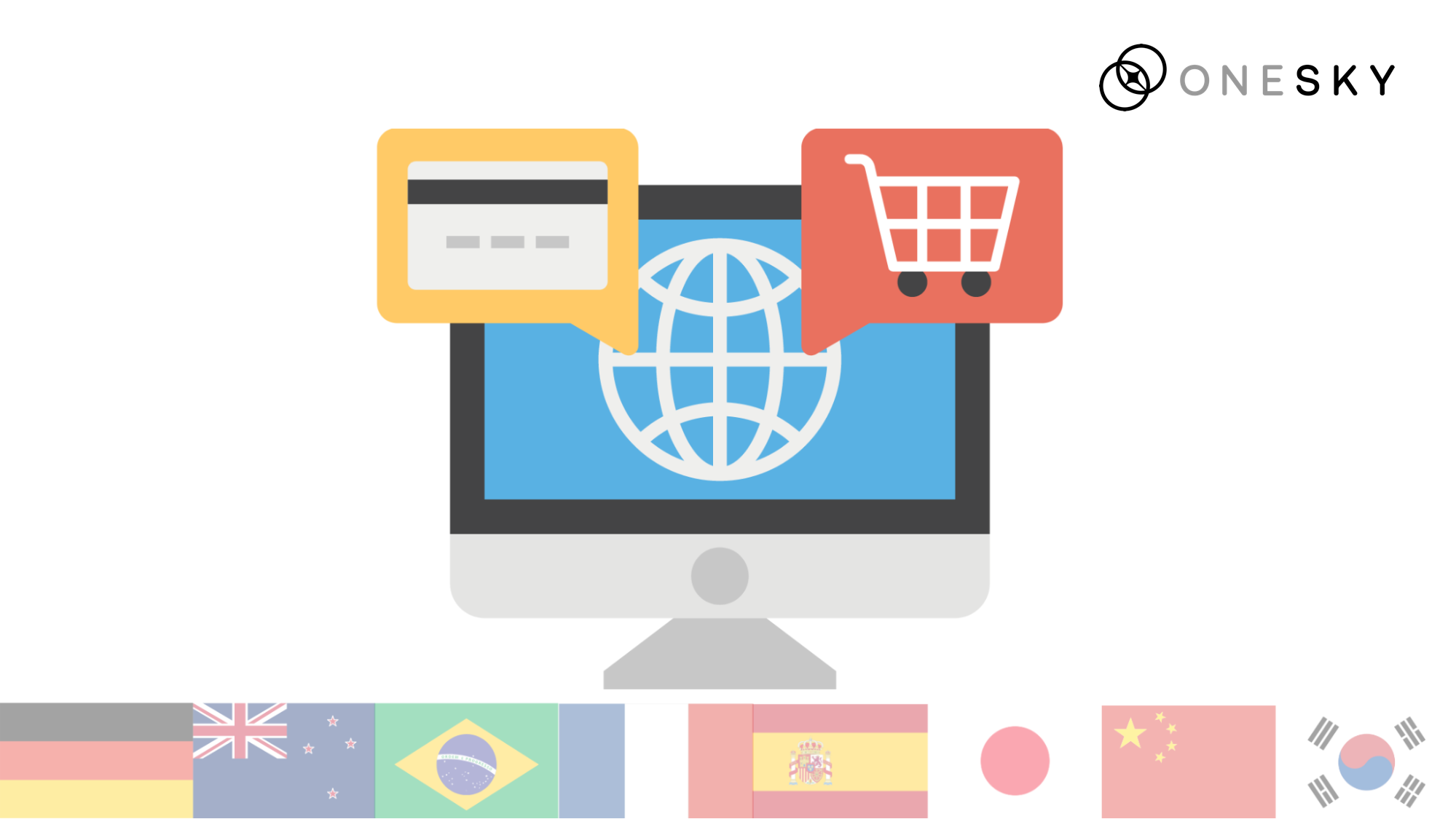I18n: Everything You Need to Know About Internationalization
Understanding Internationalization (i18n)
If you’ve found this article, you’re likely preparing your content for international expansion—and that means you’ll need a solid internationalization (i18n) strategy to secure your place in the market.
While localization is generally defined as the process of optimizing content for international distribution (made possible through the supportive task of translation), internationalization allows your content to be displayed and consistent for international audiences—covering all of the back-end work needed for the constantly-changing regional elements, such as currency exchanges, framework creation and designation of localizable elements from the source code.
We know it sounds like a lot of work—but we can promise you that the payoff will be tremendous. I18n is a critical step that must be completed as you grow your global brand, laying a firm foundation for decades of profitability.
Below, we’re exploring the key factors of internationalization, as well as tips that can help you to streamline your process and accelerate your launch.
Key Features of Internationalization
Below, we’ve listed the most critical elements of the internationalization process. As you continue to step forward into the launch phase, we want to encourage you to leave plenty of room for tasks related to these areas of preparation. That way, nothing is missed—and your customers have a seamless experience that can instantly win them over to complete brand loyalty.
Unicode and Character Encoding
While this sounds complex, the concept behind this boils down to support. In this task, you’ll ensure that your current back-end framework allows support for different character encoding options, which can be made to support multilingual character sets and scripts. This may be language specific (such as in the case of left-to-right vs. right-to-left letter presentation), which is why it’s important to review with each new rollout.
Addressing this early on and adopting a more general “master framework” for reference is often a useful first step to creating a five-star user interface experience for specific locale and target markets around the world.
User Interface (UI) Design and Layout
User interface design may need to vary depending on who you’re trying to target with it. You’ll want to ensure that you design flexible components that allow for factors like text expansion and contraction, as you might expect to see with different time zones and time formats across the world.
Other considerations include what your clients expect to see (as far as flow and site structure), right-to-left language and bidirectional text, which is invaluable to your content translation team as they work to translate content across various languages.
Implementing these structural changes into your workflow early on can save a significant amount of time later—leaving you with only bug fixes and tweaks to address rather than an entire country- or region-specific redesign.

Date, Time, and Number Formatting
Date formats, time and number formatting can vary across different languages and may incorporate key presentation differences across different languages—such as abbreviation shifts, or numeral placement.
I18n allows you to account for these differences (as we see with numeral shifts, placement and user experience-related changes) to the preferences of different countries in a singular, sleek process, rather than a fragmented or otherwise inefficient approach.
Taking this step specifically can save time resolving errors later on in key portions of your project—specifically in software localization and software development areas.
Support for Cultural and Linguistic Variables
Internationalization allows designers and founders to account for cultural and linguistic variables—laying some seriously great groundwork for a simple and concise localization process.
The global market may have a range of linguistic differences, especially around certain grammatical expressions. We see this, especially with personal nouns (such as gender), honorifics and plural forms of words.
If your team isn’t sure where to start when it comes to the finalization process during the internationalization phase, it’s always best to consider the differences in language syntax that your clients may encounter if they’re from a specific region. By preemptively keeping your end user in mind, you decrease your time spent later on adapting and thriving in new markets—leaving you with nothing but a competitive, internationalized software or product.
Additionally, the global market may have critical differences when it comes to the presentation of calendar systems, address formats and measurement units. We see this in Japanese culture, for example, compared to Western culture—as members of that region use the metric system rather than the Westernized pound. We also see this in address formats in areas such as the Middle East–area Arabic countries or European countries—such as Austria.
Effective Internationalization Tips
Ready to start your internationalization process? We’ve put together a list of the best ways to implement i18n concepts into your workflow—keeping you as lithe and efficient as possible.
Design for Flexibility and Modularity
Designing with flexibility in mind can help you save time later on, allowing for seamless future additions and changes as needed. This can take shape in a range of ways, including using resource files and string externalization for easy localization later on.
Not sure where to begin? There are plenty of open source templates to reconsider that can help you with more niche aspects of Javascript or CSS, depending on what you’re using and how you plan to use it.
No matter where you are in the design process, we can’t stress this enough: Collaborating with other members of the IT department, project managers, translators and UX designers will help you end up with the most well-rounded product possible, at the end of the day.
Conduct Comprehensive Internationalization Testing
Comprehensive evaluation is critical as you go through the i18n phases. Missed steps, no matter how small, can lead to hours of inefficiency and thousands (possibly millions!) in lost cost. By implementing different checkpoints to resolve internationalization issues early on, you’ll be able to risk-manage these possibilities well.
You’ll also be able to cleanly validate software behavior patterns across different locales and languages, offering your consumer a better overall product experience—which directly impacts brand awareness.
Collaboration and Documentation
This concept is so important, we want to say it twice. Collaboration (and documentation) are such critical focuses in the internationalization process. Involving localization team members early on isn’t just smart. It’s essential. They’ll show you where you can flex more, giving you the opportunity to build your framework in a more strategic and tailored way. They’ll also be able to fully understand how everything is meant to function, possibly allowing for a greater degree of precision during the quality assurance (QA) assessments.
Keeping detailed documentation on what you do, why you do it and best practices for internationalization can help to streamline your process later on, and can empower you to delegate more freely as you refine your site.

Internationalization is Made Easy with OneSky
I18n can feel overwhelming at first—but laying the groundwork now will let you take a load off later—we promise! Employing the steps and tips in this article can save you time and cost spent as you work through the steps, leaving you with a replicable “master” framework for other projects and expansion opportunities. Once you’re ready for the next step, the team at OneSky can take it from there.
Our expert human translators and user-friendly translation management system are designed with you in mind, preemptively meeting your needs and keeping you in the flow of growth and profitability. For more information and to get started today, please connect with us online. We look forward to serving you!











 Written by
Written by 


